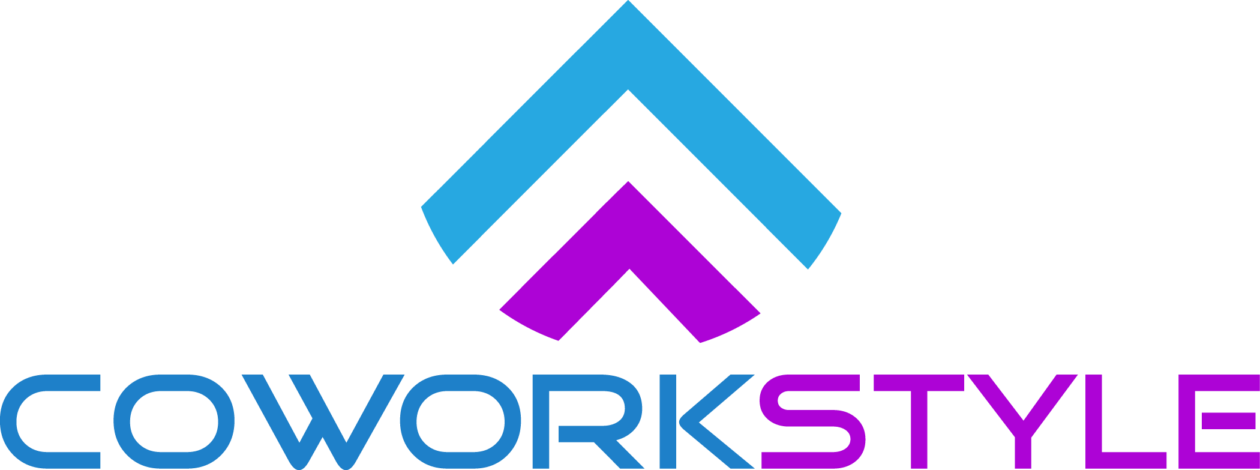

Why Build on Cloud?
Building applications, either mobile or web-based, is an amazing way of testing your business ideas in a very scalable and flexible way, as mobile applications have the potential to take that business idea from a sheet of paper into the hands of millions of users worldwide that need the products / service that your business idea offers.
Before you get into building that application, there are several items that you need to go check to ensure building a successful application. What even makes an application successful? Well, once that application is able to serve a particular business and / or individual need that is in demand, and is accessible, available (probably hosted on Amazon Appstore, Apple Store or Google Play Store), and offers a great user experience–making the customer journey from start to finish a seamless experience (computing and storage–performance–capacity), then I believe that application can be considered a successful one.
Now, back to the gist. There are several items on the checklist of application building, and while this blog post is not about application building checklists, I’ll briefly mention a few of these items before going into the main gist of this blog post.
What do you need to consider before building an application?
- Type of Application: Mobile and / or web? Purpose of the application? Application features and process flow? Complex or Simple?
- Server Type: Shared or Dedicated? Storage Capacity? CPU & RAM?
- Hosting Tenure: How long are you hosting for? Hosting plans and fees?
- Application Licensing / API integrations.
Traditional vs Cloud Native
This is where the blog post starts getting interesting… Now that you’ve decided the type of application you want to build, where to build it remains the puzzle, or does it?
Traditional Applications
Traditionally, applications are built on physical servers in data centres, privately or publicly owned; and you need to determine what type of server or server hosting tenure to suit your application needs.
This type of application building works but is very limited. It is limited in its scalability based on present demand, availability to reach a global market with the lowest latency possible, ability to respond to business changes and system requirements in an agile way, and in its handling of data generated by both the application and its users.
Cloud Native Applications
Cloud native technologies empower both businesses and individuals to build and run scalable applications in any of the cloud delivery models. Features such as containers, service meshes, microservices, immutable infrastructure, and declarative application programming interfaces (APIs) best illustrate this approach.
These kinds of features enable loosely coupled systems that are resilient, manageable, and observable. They allow high flexibility for engineers to make high-impact changes frequently and with minimal effort. Cloud native applications are applications that are built and run completely on the cloud, and are built to exploit the scalability, elasticity, resilience, and flexibility the cloud delivery model provides.
Benefits of Building Cloud Native Applications
There are four main benefits of building modern or cloud native applications we’ll discuss here. These are:
- Auto-scaling: Cloud native applications running on serverless technology like AWS Lambda, have the ability to scale up and down to support zero to millions of users. So, as an application builder, operator, or owner, you’re set from day one to reach millions of users, and not have to worry about the management of the technology to handle your seasonal traffic demands.
- Global Availability: If there’s one thing worse than a horrible app interface, it would definity be a slow responding application. In a nutshell, many things from compute to storage can affect the performance of your application; with AWS you have the ability to choose what region(s) your intended app target audience are and reduce the level of latency needed to both send and receive resources with minimal downtime. You also benefit from AWS economies of scale to improve your business pricing model per region (e.g Netflix).
- Business Agility: Cloud native applications have the agility to handle business request changes with minimal application downtime–allowing you leverage fast, efficient technology to meet quality and bandwidth demands per time because of the operational model of modern applications. Cloud native apps are also built on both decoupled application and data architecture that allows for quick changes to your application features, improving developer efficiency.
- Storage Capacity: As your application grows in users, so does the storage capacity required for optimal performance grow. Cloud native applications are able to leverage on the resizable model of several services like the Amazon S3 buckets, Aurora or even DynamoDB. AWS has the largest and most differentiated storage capacity, more than any other cloud provider, and you’re sure to meet your application storage capacity needs when you run cloud native applications.
Building Modern Applications
Having shared only a few benefits of building and running cloud native applications as opposed to traditional applications, I believe I will do you injustice if I do not mention to you that building and running cloud native applications do not just begin with app building, and end with app deployment.
It begins with the team culture, then to the application and data architecture, then the operational model of the team, and finally the management, security and governance of all stakeholders involved.
“By 2023, 65% of organisations will modernise with new technology platform investments to improve security and take advantage of new functionality.” IDC, 2019 Digital Transformation Investment Study.
CloudPlexo can help you build and run cloud native applications that are resilient, scalable, and sure to improve your ROI and reduce your TCO on those applications. We can take you through the App Modernization journey by systematically understanding where you are in your app modernization journey, and leading you through till you get to a ‘think cloud first’ app build–both for you and your team.
Contact CloudPlexo today for your company’s modernization fluency assessment.
By Richard Enyinnaya @cloudplexo

